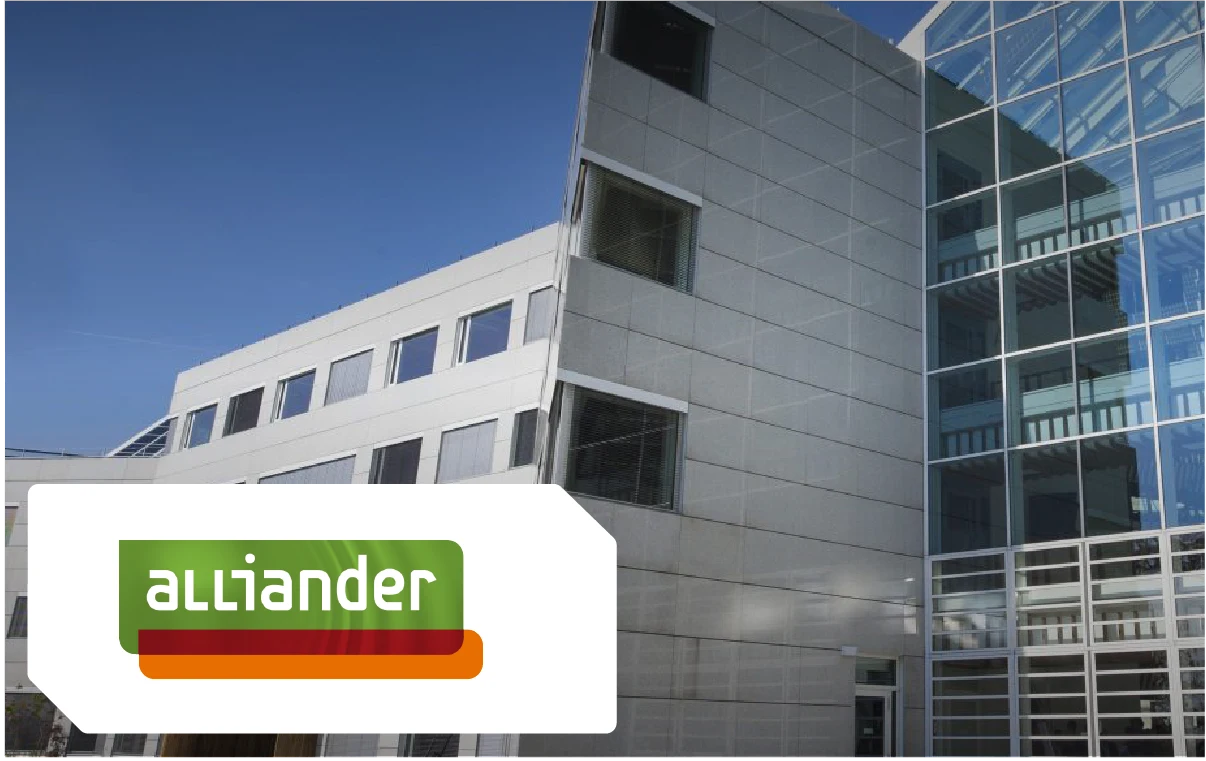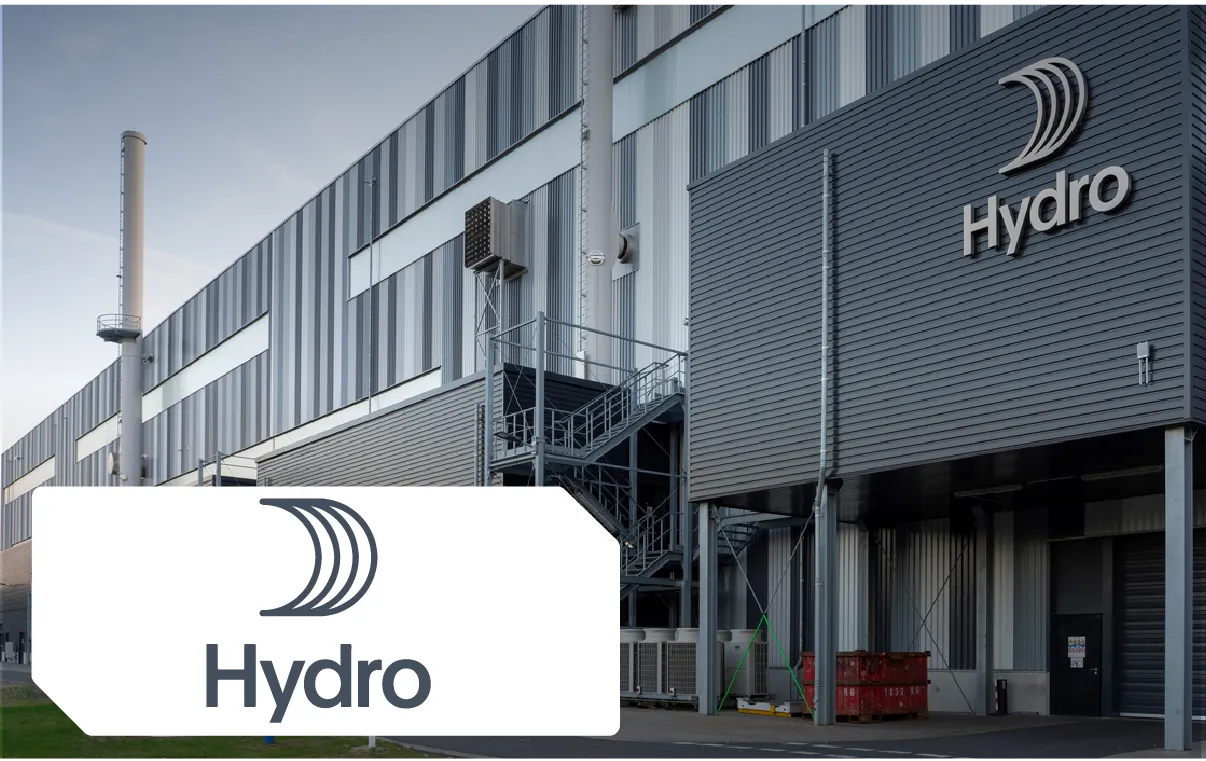Business Architecture and IT Architecture: Bridging the Gap Between Strategy and Execution
Framing the Conversation
A well-designed business architecture is essential in a world of continuous transformation if a company desires to be the disruptor and not the disrupted. Modern business architecture recognizes the indispensable role of IT architecture in ensuring successful transformation outcomes; in fact, business architecture and IT architecture are two sides of the same coin.
Business architecture is a journey, not a destination. Consider viewing a business architecture initiative as a project that lives at a point in time. This mentality results in people failing to maintain a healthy business direction. Paying attention to your business needs is not a project with a time-bound destination. Business architecture is a journey that should never end.
There are five principles one must consider to achieve business and IT architecture alignment.
The Necessity of Business Architecture in Modern Enterprises?
In an age, where markets shift rapidly, and new technologies emerge constantly, businesses must stay flexible and ready to adapt. Business architecture has become a key tool for helping organizations align their long-term goals with their everyday operations, ensuring they can thrive in times of disruption.
At its core, business architecture acts like a blueprint for the company. It provides a complete picture of how the organization works, including its capabilities, processes, information, and technologies. Business architecture shows how all these pieces fit together to support the overall strategy, helping companies respond to changes and actively shape their future. It connects high-level strategic goals with day-to-day activities, offering a framework for planning, execution, and continuous improvement.
Additionally, business architecture ensures that different parts of the organization are aligned. It identifies gaps between where the business is and where it wants to go and helps create a path to close those gaps. When combined with IT architecture, business architecture allows organizations to handle the complexities of modern business better, turning strategy into tangible, actionable steps.
The Challenge: Bridging Strategy and Execution
Every organization, from nimble startups to sprawling multinational corporations, encounters the challenge of translating strategic visions into executable plans. While business architecture provides a framework for managing this complexity, it is often implemented reactively—usually in response to crises or market disruptions. This reactive approach is problematic because it leads to a fragmented and inconsistent application of business architecture principles, often resulting in missed opportunities and diminished market positioning. Historical examples, such as the downfall of Kodak, serve as stark reminders of the consequences of failing to adapt to technological and market shifts. Kodak’s inability to integrate digital photography into its business model ultimately led to its demise, demonstrating the critical importance of proactive and continuous business architecture.
The Role of IT Architecture
IT architecture is indispensable in successfully implementing business architecture by providing the technological backbone required to support and execute business strategies. This architecture encompasses several key components: application architecture, which deals with the structural partitioning of technology-based automation; data architecture, which manages the integration and alignment of data within the business context; and technical architecture, which focuses on the physical and logical infrastructure necessary for deploying and managing these systems. With a robust IT architecture, even the most well-thought-out business strategies can continue, as they need more support to be executed effectively. IT architecture ensures that technology meets current business needs and evolves alongside the business, allowing for continuous improvement and adaptation.

Continuous Evolution: A Journey, Not a Destination
Viewing business architecture as a one-time project rather than an ongoing process is a common pitfall many organizations must consider. Much like the broader business strategy it supports, business architecture must evolve continuously to keep pace with the changing market dynamics, technological advancements, and shifting customer expectations. This evolution requires a long-term commitment from all levels of the organization, recognizing that business architecture is not a static blueprint but a living framework that needs constant refinement and adjustment. By treating business architecture as a journey, companies can better manage their ambitions, aligning short-term initiatives with long-term strategic goals and ensuring they are always prepared for the next wave of change.
Five Principles to Build a Strong Business Architecture and IT Architecture Alignment
1- Unified Language as the Foundation for Transformation Success
Language is a challenge in any organization where human capital is present. In the domain of enterprise architecture, language carries particular weight due to the perception (rightly or wrongly) that enterprise architects and IT professionals struggle to communicate effectively with the businesses. High-performing organizations recognize that both IT and the business need to make strides to speak each other’s language.
There is a more fundamental aspect of a common language, however, as it relates to building a strong foundation for a business architecture to support continuous transformation: the only reason why business architecture and IT architecture are two sides of the same coin is that they share a common language. Absent this common language, an organization will find itself mired in confusion and a lack of clarity.
Establishing a common language to support your business architecture requires developing an information architecture: an information map that provides a universal vocabulary to support transformation initiatives across business units. To maintain our focus on the topic at hand, alignment between IT architecture and business architecture, we will leave a deeper dive into information architecture for another day.
2- Data-Driven Context: The Essential Element of Effective Design
An enterprise business architecture without data is a nice design without context. Many organizations approach data management and design as separate disciplines. Companies that embrace design thinking recognize that design, absent data, is an empty vessel.
The imperative for companies to know their customers and respond quickly to customer demands has elevated the need to capture qualitative insights that can be measured and modeled. We see this imperative to know the customer in the context of business architecture through the application of customer journey analysis to a business architecture value stream model.
We recognize the need to respect the boundaries that separate business architecture from business process analysis, the strategic from the operational, but incorporating design thinking into strategic planning forces organizations to develop strategies that are agile and responsive to market changes.
The representation of business architecture as a strategy map relies upon conceptual data to describe capabilities and value streams. By introducing logical data to the strategy map, an organization is forced to bridge the gap between ideas and reality.
Data governance models for MDM should be designed with clear roles and responsibilities, be managed by a governance council with representatives from different business units and IT, and be shepherded by someone who can serve as an MDM liaison among business, data, and technology stakeholders.
Source: McKinsey Master Data Management Survey 2023
3- Empowering IT Leadership: Ensuring Strategic Influence
Business strategy and IT strategy cannot be treated as unrelated entities. The common metaphor of enterprise architecture as the bridge between IT and the business risks delegating the value of the IT organization as a service provider to the business. According to a Harvard Business Review study, “Business Transformation and the CIO Role,” 62% of the sampled large organizations viewed their IT department as either a service provider or a cost center. Just 30% of companies viewed IT as either an IT partner or a business peer.
Mark Schwartz speaks to the necessity for the CIO and his team to be an equal partner with business leaders in his book, “A Seat at the Table: IT Leadership in the Age of Agility.” Any successful business architecture requires a tight alignment between business and IT. As previously stated, this means that the conceptual framework that defines the business strategy must be fused with the logical data that defines the IT assets of the enterprise. Breaking down the silo between IT and the business is an essential ingredient for transformation success.
79% of heads of IT say that CIOs have a strong educational partnership with the CEO/board of directors.
Source: State of the CIO, 2024
4- Strategic Alignment: Harmonizing Business and IT for Success
Alignment is easier said than done. The root cause of the demise of many great companies can be found in misalignment between the business side of the house and the R&D/technology side of the house. This was the case of Kodak, Xerox, and Blockbuste,r to name just a few examples.
While each failure has its unique set of circumstances, a common theme is that misalignment results when key stakeholders don’t see each other as equal partners with a shared interest in a successful outcome. This is why we place such a premium on the CIO/IT having a seat at the table with business stakeholders.
The people doing the work, having the right mindset and attitude are essential to achieving alignment between business and IT. We look to business architecture to provide the methodology and framework that when combined with the right mindset results in sustainable alignment.
Whynde Kuehn and William Ulrich of the Business Architecture Guild describe a state of synchronicity between business and IT as having the following characteristics:
- Delivers concise, universally agreed-upon views of the business
- Eliminates ambiguity in cross-business views of business terminology and stakeholder value delivery
- Enables business to articulate business vision, strategy and requirements in clear context, scope and terminology
- Enables IT to focus on best practice technology and solutions without having to “guess” what the business means or how it works
- Allows businesses to drive transformational strategies from a business (versus technology) perspective
5- Leveraging Technology: Visualizing and Navigating Transformation
In a complex organization, visibility into the various components of the business and how they interconnect is crucial for effective decision-making. Modern business architecture requires advanced software tools that can model, map, and visualize the enterprise in a way that makes the invisible visible.
These tools allow organizations to assess their current state, envision future scenarios, and identify the gaps that must be addressed to achieve their strategic objectives. The concept of the “digital twin,” which enables organizations to simulate different business scenarios and their outcomes, is a powerful example of how software can drive business architecture success.
By leveraging these tools, organizations can ensure that their business architecture is comprehensive but also dynamic and adaptable.

Conclusion: Empower Your Business with Strategic Alignment
In today’s rapidly changing business landscape, the alignment between business architecture and IT architecture is more crucial than ever. As outlined in this ebook, following the five principles of building a robust business architecture can empower your organization to become resilient, agile, and highly competitive. By establishing a unified language, leveraging data-driven context, ensuring IT’s strategic influence, driving alignment between business and IT, and utilizing cutting-edge software, your enterprise can effectively bridge the gap between strategy and execution.
However, these principles are just the beginning. To truly capitalize on the benefits of a well-aligned business and IT architecture, your organization needs the right tools to implement them. That’s where Bizzdesign's Enterprise Transformation Suite comes in.



